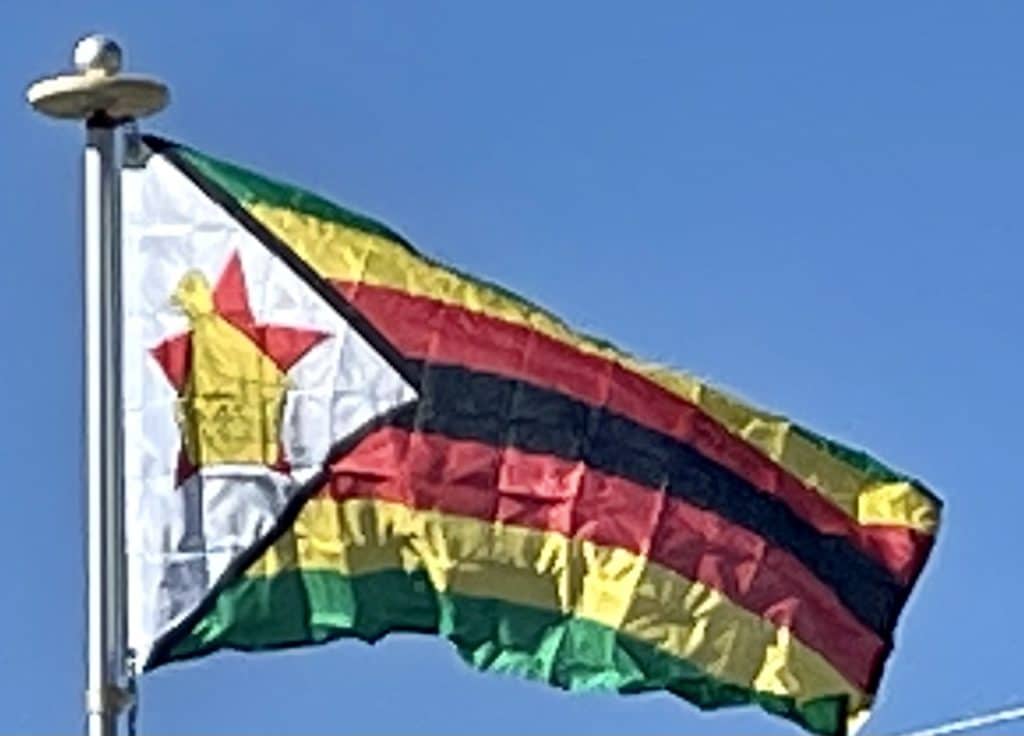Estimates for the number of deaths during the five-year Gukurahundi campaign ranged from 3,750 to 80,000. Thousands of others were tortured in military internment camps. The campaign officially ended in 1987 after Nkomo and Mugabe reached a unity agreement that merged their respective parties, creating the Zimbabwe African National Union – Patriotic Front (ZANU–PF).
Elections in March 1990 resulted in another victory for Mugabe and the ZANU–PF party, which claimed 117 of the 120 contested seats.
During the 1990s, students, trade unionists, and other workers often demonstrated to express their growing discontent with Mugabe and ZANU–PF party policies. In 1996, civil servants, nurses, and junior doctors went on strike over salary issues. The general health of the population also began to significantly decline; by 1997 an estimated 25% of the population had been infected by HIV in a pandemic that was affecting most of southern Africa.
Land redistribution re-emerged as the main issue for the ZANU–PF government around 1997. Despite the existence of a “willing-buyer-willing-seller” land reform program since the 1980s, the minority white Zimbabwean population of around 0.6% continued to hold 70% of the country’s most fertile agricultural land.

By 2003, the country’s economy had collapsed. It is estimated that up to a quarter of Zimbabwe’s 11 million people had fled the country. Three-quarters of the remaining Zimbabweans were living on less than one U.S. dollar a day.
Following elections in 2005, the government initiated “Operation Murambatsvina“, an effort to crack down on illegal markets and slums emerging in towns and cities, leaving a substantial section of urban poor homeless. The Zimbabwean government has described the operation as an attempt to provide decent housing to the population, although according to critics such as Amnesty International, authorities have yet to properly substantiate their claims.
